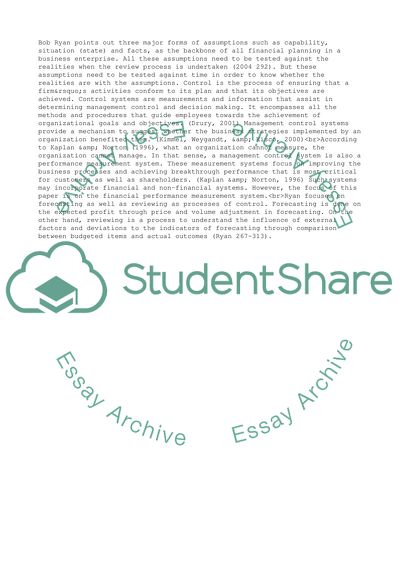Cite this document
(“Performance Measurement and Evaluation of Royal Dutch Shell Plc Case Study - 1”, n.d.)
Performance Measurement and Evaluation of Royal Dutch Shell Plc Case Study - 1. Retrieved from https://studentshare.org/management/1727656-management-control-systems-performance-measurement-evaluation-and-incentives
Performance Measurement and Evaluation of Royal Dutch Shell Plc Case Study - 1. Retrieved from https://studentshare.org/management/1727656-management-control-systems-performance-measurement-evaluation-and-incentives
(Performance Measurement and Evaluation of Royal Dutch Shell Plc Case Study - 1)
Performance Measurement and Evaluation of Royal Dutch Shell Plc Case Study - 1. https://studentshare.org/management/1727656-management-control-systems-performance-measurement-evaluation-and-incentives.
Performance Measurement and Evaluation of Royal Dutch Shell Plc Case Study - 1. https://studentshare.org/management/1727656-management-control-systems-performance-measurement-evaluation-and-incentives.
“Performance Measurement and Evaluation of Royal Dutch Shell Plc Case Study - 1”, n.d. https://studentshare.org/management/1727656-management-control-systems-performance-measurement-evaluation-and-incentives.


